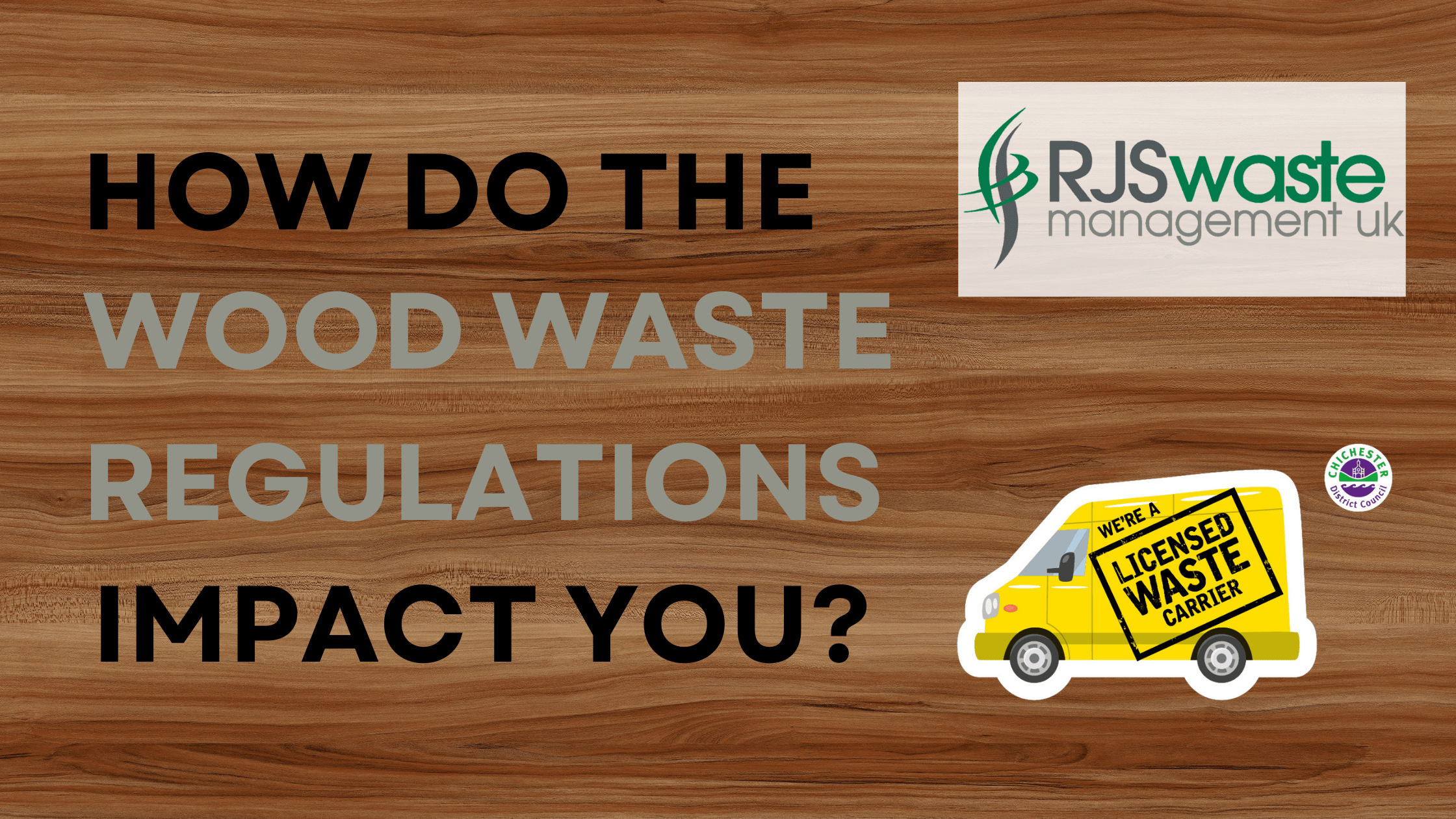
There are three excellent reasons to make guano removal a priority for your business property or home. First, it’s important to clear up bird and bat droppings to minimise the risk of infection and disease to humans and other animals. Second, getting rid of fermented acidic guano – which can erode stonework and metalwork – is key to maintaining your building and preserving its architecture for the future. Third, cleaning away unsightly and unsavoury bat and bird guano will make your property look more attractive and welcoming to customers and visitors. What better reasons are there to get in touch with us at RJS Waste Management for our expert guano removal services?
1. Maintaining health and safety
There are health and safety concerns about many kinds of animal droppings contaminating the inside and outside of buildings. Bird and bat guano is associated with allergic reactions, infections and diseases so are considered hazardous waste that must be removed and disposed of with care.
We’ve provided bat guano removal services for more than one property as a matter of health and safety. A West Sussex homeowner called on us when they needed bat droppings removed from their attic so that a plumber could safely work on their central heating expansion tank. Without guano removal, the plumber would have been at risk of inhaling harmful dust produced by festered droppings.
One of the diseases most connected to bird droppings is cryptococcus. This environmental fungus is found all over the world and hails from 14th-century ships where carrier pigeons were used for communication. Soil contaminated with pigeon guano is the major environmental source for C. neoformans. This strain of fungus, according to the Centers for Disease Control and Prevention, causes no ill effects in the healthy majority. But it can trigger infections in those with weakened immune systems who will suffer everything from fever and fatigue to a dry cough and blurred vision.
Though there are anticryptococcal treatments available, challenges relating to accessibility and safety – like high costs, low availability and drug-related toxicity – exist. This makes vaccination development crucial and work is underway to find a solution suitable for those with weakened immune systems.
Joseph Heitman, Chair of the Department of Molecular Genetics and Microbiology at Duke University School of Medicine, who has studied fungal pathogens for over 25 years, says:
“The association of human disease and fungi is centuries old. We can no longer afford to neglect fungi, especially the silent killers.”
In the wake of the COVID-19 pandemic and the midst of the global warming crisis, such fungal diseases are a threat to crop production and human health and safety. So, until vaccinations can be made readily available, we must make sure that pigeon droppings don’t contaminate soil. Likewise, guano removal from the outside and inside of buildings will help contain further risks.

2. Preserving your building
The importance of guano removal from today’s buildings as a means of conservation is best highlighted by evidence that roosting bat colonies have eroded limestone walls and the ancient cave art they used to show.
France’s Azé caves, home to bears around 150,000 years ago and then Bronze Age settlers, have attracted tourists to see their historical wall markings in more recent times. But some of the site’s longest tenants seem to be bats who have roosted in the cave system for an astonishing 45,000 years. We know bears were there by the claw marks they left. We know people were there by the paintings they created. We know bats were there by the erosion they caused.
Geomorphologists found that parts of the cave where the bats had roosted didn’t show any cave art or claw marks. They also established that the bat guano had caused the cave’s entrance walls to recede 3-7mm every 1000 years, concluding that more bats mean a more intense erosion process.
Considering cave art and evidence of palaeolithic animals endure for tens of thousands of years in the right environments, the destruction that bat guano causes is clear here. Imagine what damage bat guano, and indeed some bird guano, could do to your building if left to pile up and saturate its structure and features as well as the surrounding air…

3. Protecting your image
A news report in June this year revealed how The Grand Hotel in Scarborough was losing business because of a bird guano problem. Gulls nested in the eaves of the Victorian hotel’s façade, which caused a liberal coating of droppings to its frontage. As a result, the hotel received bad TripAdvisor reviews that mentioned the poor state of the building.
Peak nesting season for gulls runs throughout May and June and The Grand Hotel likely looked its worst at the time of the report. But, while it’s illegal to remove nests without a specialist licence, the hotel could have improved the situation for their guests – and ultimately their business – in myriad ways.
One of these was regular guano removal, perhaps at weekly intervals to keep the façade and pavement below clean but certainly at the end of the nesting season. To stop the gulls nesting there next year, the hotel management could also look into bird deterrents, such as anti-bird spikes or post and wire bird proofing.

RJS Waste Management provides safe and sound guano removal
As well as providing bird and bat guano removal, in line with DEFRA and Natural England permissions for creature wellbeing and using specialist clothing and equipment for maximum safety, we offer a range of bird deterrents.
Both our guano removal services and bird proofing solutions will help you maintain the health, safety, protection and image of your building. Please contact us to find out more or to arrange a quote.




